Home>Gardening & Outdoor>Landscaping Ideas>What Does Crabgrass Look Like


Landscaping Ideas
What Does Crabgrass Look Like
Published: January 30, 2024
Discover what crabgrass looks like and how to prevent it with our landscaping ideas. Keep your lawn healthy and crabgrass-free with our expert tips.
(Many of the links in this article redirect to a specific reviewed product. Your purchase of these products through affiliate links helps to generate commission for Storables.com, at no extra cost. Learn more)
Introduction
When it comes to maintaining a lush, green lawn, dealing with invasive weeds like crabgrass can be a frustrating challenge for homeowners and gardeners. Crabgrass, scientifically known as Digitaria, is a common and persistent annual weed that plagues lawns, gardens, and landscapes across the United States. Its rapid growth and resilient nature make it a formidable adversary in the quest for a pristine lawn.
In this comprehensive guide, we'll delve into the characteristics of crabgrass, explore how to identify it, distinguish it from other grasses, and provide valuable insights into preventing and treating crabgrass infestations. By the end of this article, you'll be equipped with the knowledge and tools to effectively combat this pervasive weed and reclaim the beauty of your outdoor spaces. So, let's roll up our sleeves and embark on a journey to uncover the secrets of crabgrass and learn how to keep it at bay.
Key Takeaways:
- Crabgrass has smooth, light green leaves, spreads in a star-shaped pattern, and thrives in warm, sunny areas. Preventive measures like healthy lawn care and pre-emergent herbicides can help keep it at bay.
- To identify and manage crabgrass, look for its unique leaf structure, growth pattern, and seedheads. Cultivating a healthy lawn, using targeted herbicides, and improving soil conditions are effective strategies for prevention and treatment.
Read more: What Does Crabgrass Seed Look Like
Characteristics of Crabgrass
Crabgrass, a member of the grass family, is known for its rapid growth and ability to thrive in adverse conditions. Understanding its key characteristics is crucial in identifying and effectively managing this invasive weed.
1. Growth Habit: Crabgrass is an annual plant that germinates from seeds each year. It typically grows low to the ground, spreading outward in a star-shaped pattern from a central point. Its stems are prostrate, meaning they lie flat on the ground, and can root at the nodes, allowing the plant to spread rapidly.
2. Leaf Structure: The leaves of crabgrass are smooth, with a prominent mid-vein and hairs along the edges. They are typically light green to yellowish in color and have a distinct folded appearance along the mid-vein.
3. Seedheads: As crabgrass matures, it produces distinctive seedheads that resemble a series of finger-like spikes radiating from the center. These seedheads can vary in color from light green to purplish-brown, depending on the stage of growth.
4. Growth Conditions: Crabgrass thrives in warm, sunny environments and can tolerate poor soil conditions. It often takes hold in thin or bare areas of lawns, along driveways, and in garden beds where the soil has been disturbed.
5. Growth Cycle: Crabgrass is an annual weed, meaning it completes its life cycle within a single year. It germinates from seeds in the spring, grows vigorously through the summer, and produces seeds in the fall before dying off with the arrival of frost.
Understanding these key characteristics of crabgrass is essential for accurate identification and effective management. Armed with this knowledge, you can confidently take steps to prevent and control the spread of this resilient weed in your outdoor spaces.
Identifying Crabgrass
Recognizing crabgrass amidst a sea of grass varieties is a crucial skill for maintaining a pristine lawn. The following features will help you accurately identify this persistent weed:
1. Leaf Structure: Crabgrass leaves are smooth, with a prominent mid-vein and fine hairs along the edges. The leaves are typically light green to yellowish in color and have a folded appearance along the mid-vein, giving them a distinctive look compared to traditional lawn grasses.
2. Growth Pattern: Unlike many desirable grasses, crabgrass grows in a spreading, star-shaped pattern from a central point. Its stems are prostrate, meaning they grow horizontally along the ground, and can root at the nodes, enabling the plant to rapidly expand and establish new growth points.
3. Seedheads: As crabgrass matures, it produces distinct seedheads that resemble a series of finger-like spikes radiating from the center. These seedheads are a key identifier, as they differ significantly from the seedheads of typical lawn grasses.
4. Growth Location: Crabgrass often takes hold in areas where the soil has been disturbed or where grass is sparse, such as along sidewalks, driveways, and in thin patches of lawn. Its ability to thrive in compacted or nutrient-poor soil sets it apart from many traditional lawn grasses.
5. Growth Cycle: Understanding the growth cycle of crabgrass is essential for accurate identification. It germinates from seeds in the spring, grows vigorously through the summer, and produces seeds in the fall before dying off with the arrival of frost. This annual lifecycle distinguishes it from perennial grasses.
By familiarizing yourself with these key identifying features, you can confidently distinguish crabgrass from desirable lawn grasses and take targeted measures to prevent its spread.
Crabgrass is a low-growing, light green weed with wide blades that spread out from a central point. It often forms dense patches in lawns and can be identified by its distinctive appearance.
Differences Between Crabgrass and Other Grasses
While crabgrass shares some similarities with traditional lawn grasses, several key differences set it apart. Understanding these distinctions is vital for effectively managing and controlling crabgrass infestations:
1. Growth Habit: Unlike most lawn grasses that grow upright, crabgrass exhibits a prostrate growth habit, spreading horizontally along the ground from a central point. This low, sprawling growth pattern distinguishes it from the upright growth of traditional grass species.
2. Leaf Structure: Crabgrass leaves are smooth and have a folded appearance along the mid-vein, with fine hairs along the edges. In contrast, traditional lawn grasses often have blades that are more rigid and lack the distinctive folding and hair-like structures found in crabgrass leaves.
3. Seedheads: The seedheads of crabgrass are notably different from those of traditional lawn grasses. Crabgrass produces distinct finger-like spikes as it matures, while the seedheads of desirable grasses typically have a more uniform and compact appearance.
4. Growth Conditions: Crabgrass thrives in areas with compacted or disturbed soil and can tolerate poor growing conditions. In contrast, traditional lawn grasses often struggle in such environments, preferring well-aerated soil and optimal growing conditions.
5. Growth Cycle: Crabgrass is an annual weed, completing its lifecycle within a single year. This contrasts with perennial lawn grasses, which regrow each year from the same root system. Understanding this distinction is crucial for implementing targeted control measures.
By recognizing these differences, you can accurately identify crabgrass and take proactive steps to prevent its establishment and spread in your lawn and garden. Armed with this knowledge, you can effectively tailor your lawn care practices to discourage crabgrass while promoting the health and vitality of your desired grass species.
Preventing and Treating Crabgrass Infestations
Prevention is often the most effective strategy for managing crabgrass infestations, but if this persistent weed has already taken hold in your lawn or garden, there are several steps you can take to address the issue:
1. Cultivate a Healthy Lawn: Maintaining a dense, healthy lawn is a powerful deterrent against crabgrass. Regular mowing, proper watering, and adequate fertilization can help promote the growth of desirable grass species, reducing available space and resources for crabgrass to establish itself.
2. Timing is Key: Applying pre-emergent herbicides in early spring, before crabgrass seeds germinate, can be an effective preventive measure. These herbicides create a barrier in the soil, inhibiting seed germination and reducing the likelihood of crabgrass infestations.
3. Post-emergent Control: If crabgrass has already emerged, selective herbicides can be used to target and eliminate the weed while minimizing harm to desirable grasses. Spot-treating affected areas can help contain the infestation without compromising the overall health of the lawn.
4. Improve Soil Conditions: Addressing soil compaction and nutrient deficiencies can help create an environment less conducive to crabgrass growth. Core aeration and targeted fertilization can improve soil structure and promote the health of desirable grasses, reducing opportunities for crabgrass to take hold.
5. Maintain Vigilance: Regular monitoring of your lawn and garden is essential for early detection of crabgrass. Promptly addressing any emerging weeds can prevent them from spreading and establishing a foothold in your outdoor spaces.
By implementing a combination of preventive measures and targeted treatments, you can effectively manage crabgrass infestations and maintain a vibrant, weed-free lawn and garden. Additionally, fostering a healthy and robust lawn through proper maintenance practices can serve as a long-term defense against crabgrass and other invasive weeds.
Read more: What Does An Attic Look Like
Conclusion
Crabgrass, with its rapid growth and resilient nature, presents a persistent challenge for those striving to maintain healthy and vibrant outdoor spaces. By understanding the characteristics of crabgrass, learning how to identify it, and recognizing the differences between this weed and desirable grasses, homeowners and gardeners can take proactive steps to prevent and address infestations.
Prevention, through the cultivation of a robust and healthy lawn, is a fundamental strategy for managing crabgrass. Implementing proper lawn care practices, such as regular mowing, adequate watering, and targeted fertilization, can create an environment that is less conducive to weed establishment. Additionally, the timely application of pre-emergent herbicides and vigilant monitoring can help thwart crabgrass infestations before they take root.
If crabgrass has already infiltrated your lawn or garden, targeted treatments such as selective herbicides and soil improvement measures can help contain and address the issue. By maintaining vigilance and promptly addressing emerging weeds, homeowners can prevent the spread of crabgrass and preserve the beauty of their outdoor spaces.
Ultimately, a well-tended lawn not only enhances the aesthetic appeal of a property but also provides a welcoming and functional outdoor environment for recreation and relaxation. By arming themselves with knowledge and taking proactive measures, homeowners and gardeners can effectively combat crabgrass and create a thriving outdoor oasis that they can enjoy year-round.
With a commitment to ongoing maintenance and a keen eye for early intervention, the battle against crabgrass can be won, allowing homeowners to revel in the beauty and tranquility of a lush, weed-free lawn and garden.
Frequently Asked Questions about What Does Crabgrass Look Like
Was this page helpful?
At Storables.com, we guarantee accurate and reliable information. Our content, validated by Expert Board Contributors, is crafted following stringent Editorial Policies. We're committed to providing you with well-researched, expert-backed insights for all your informational needs.
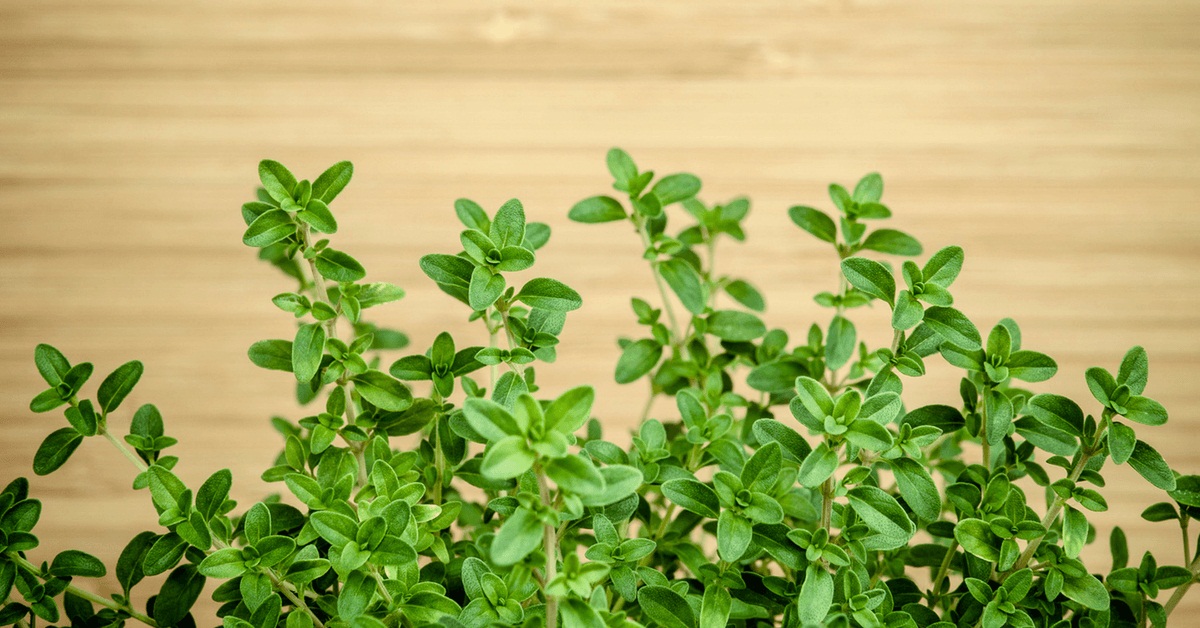
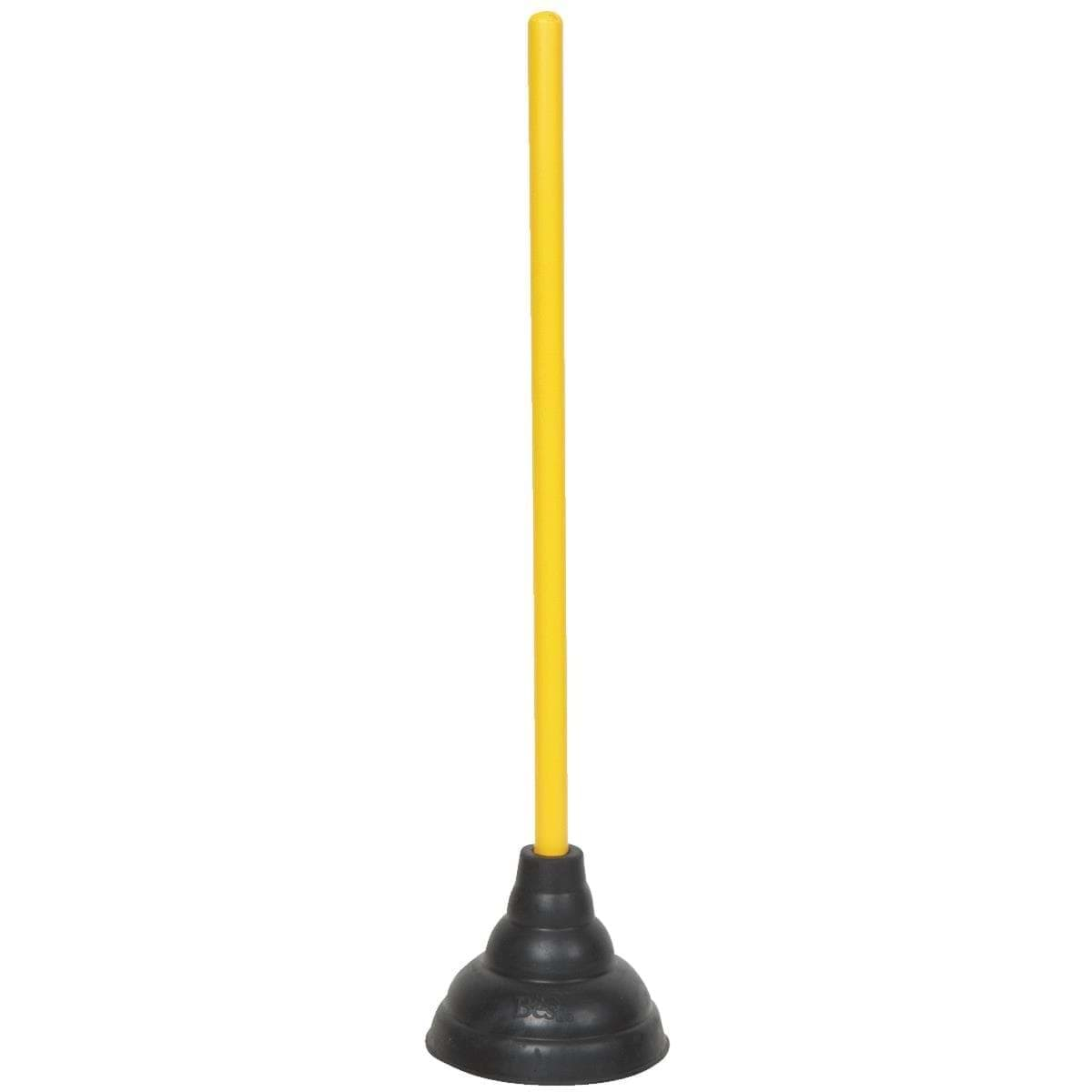
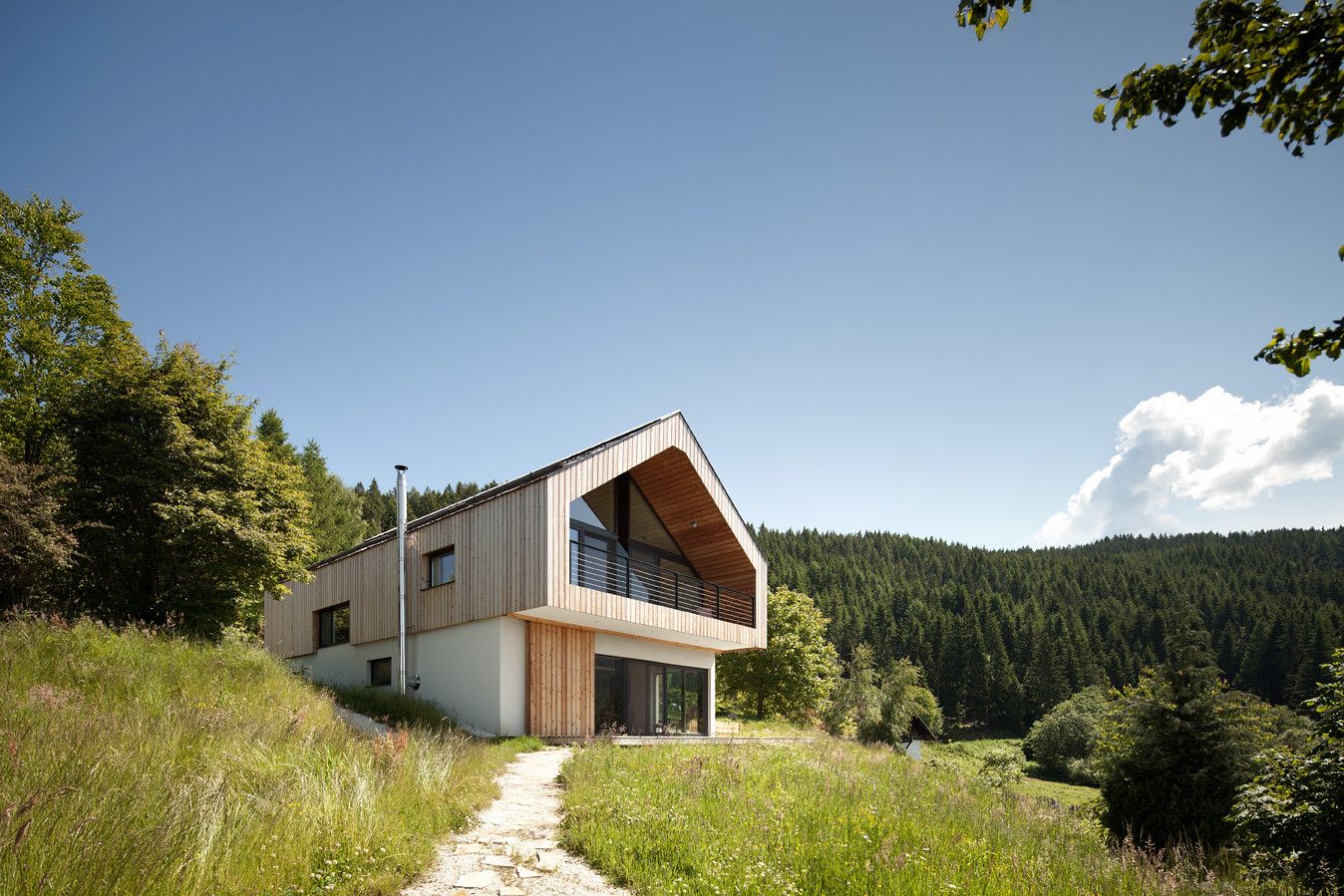
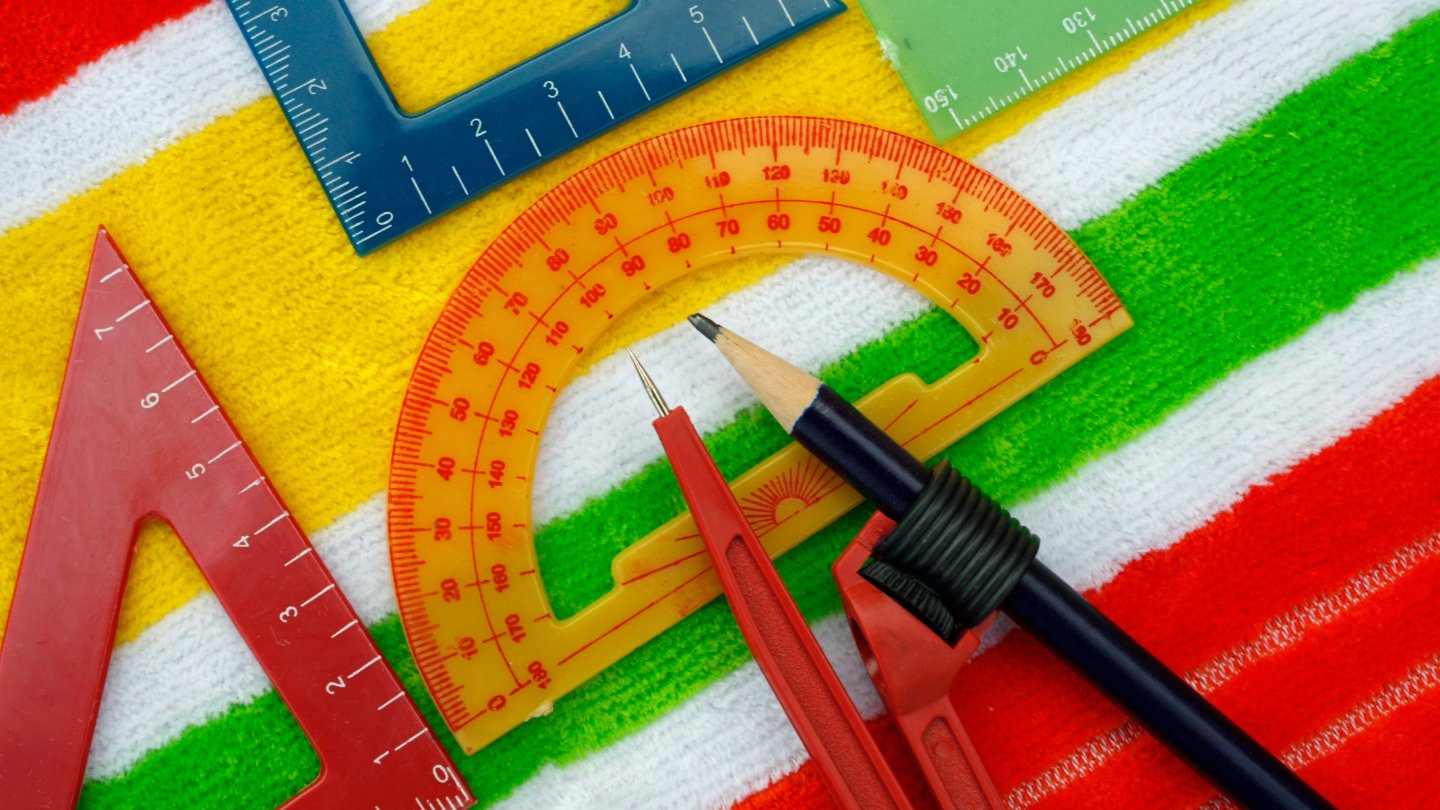
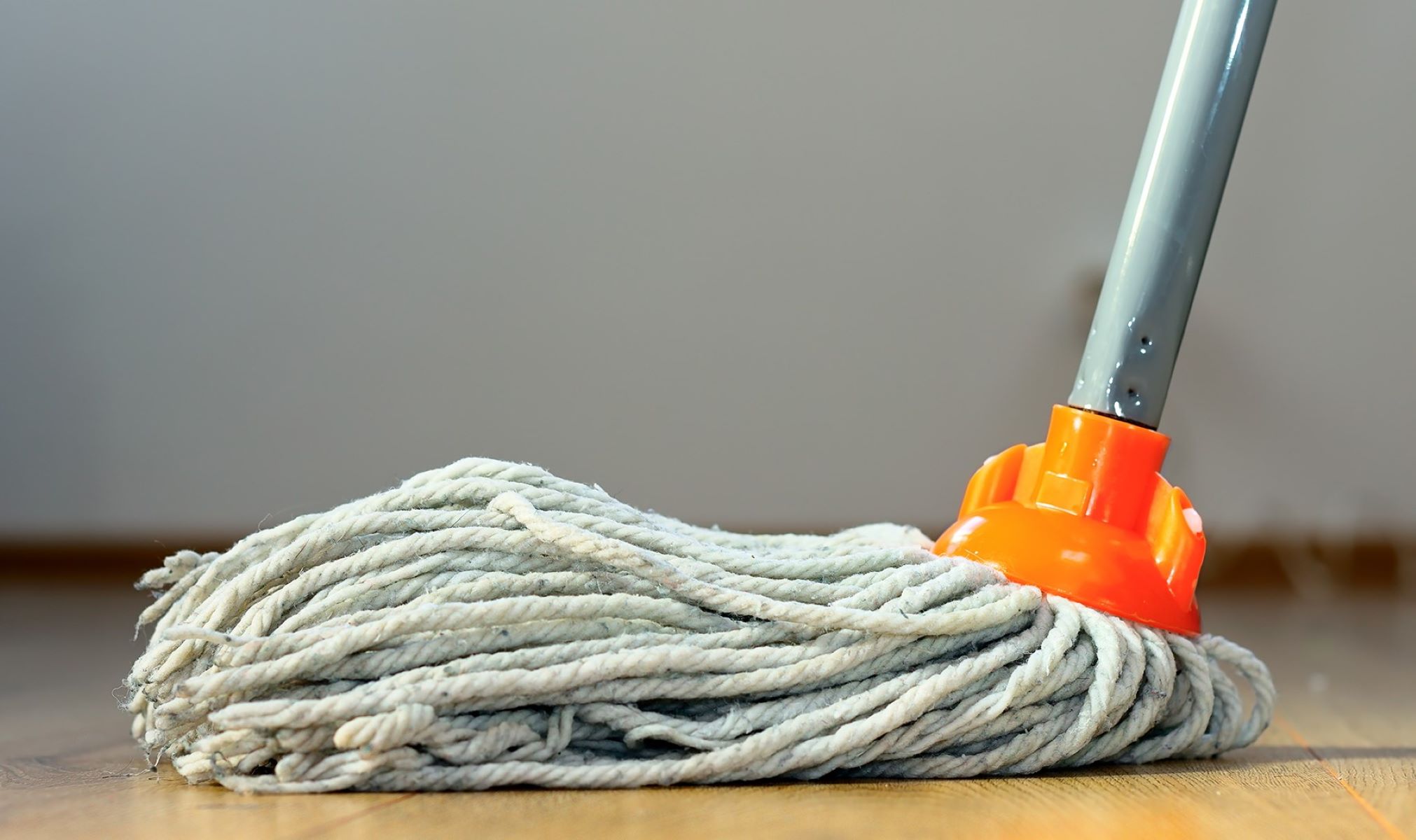
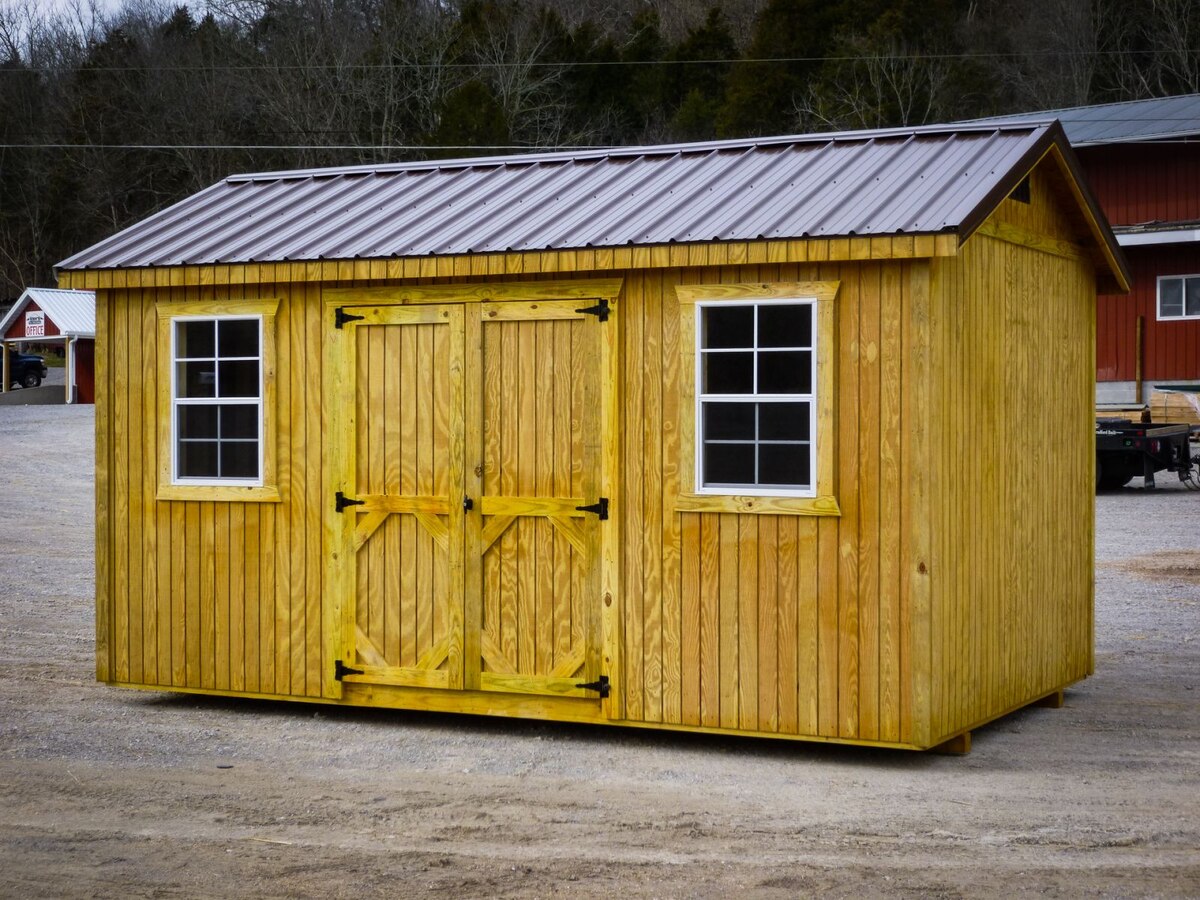
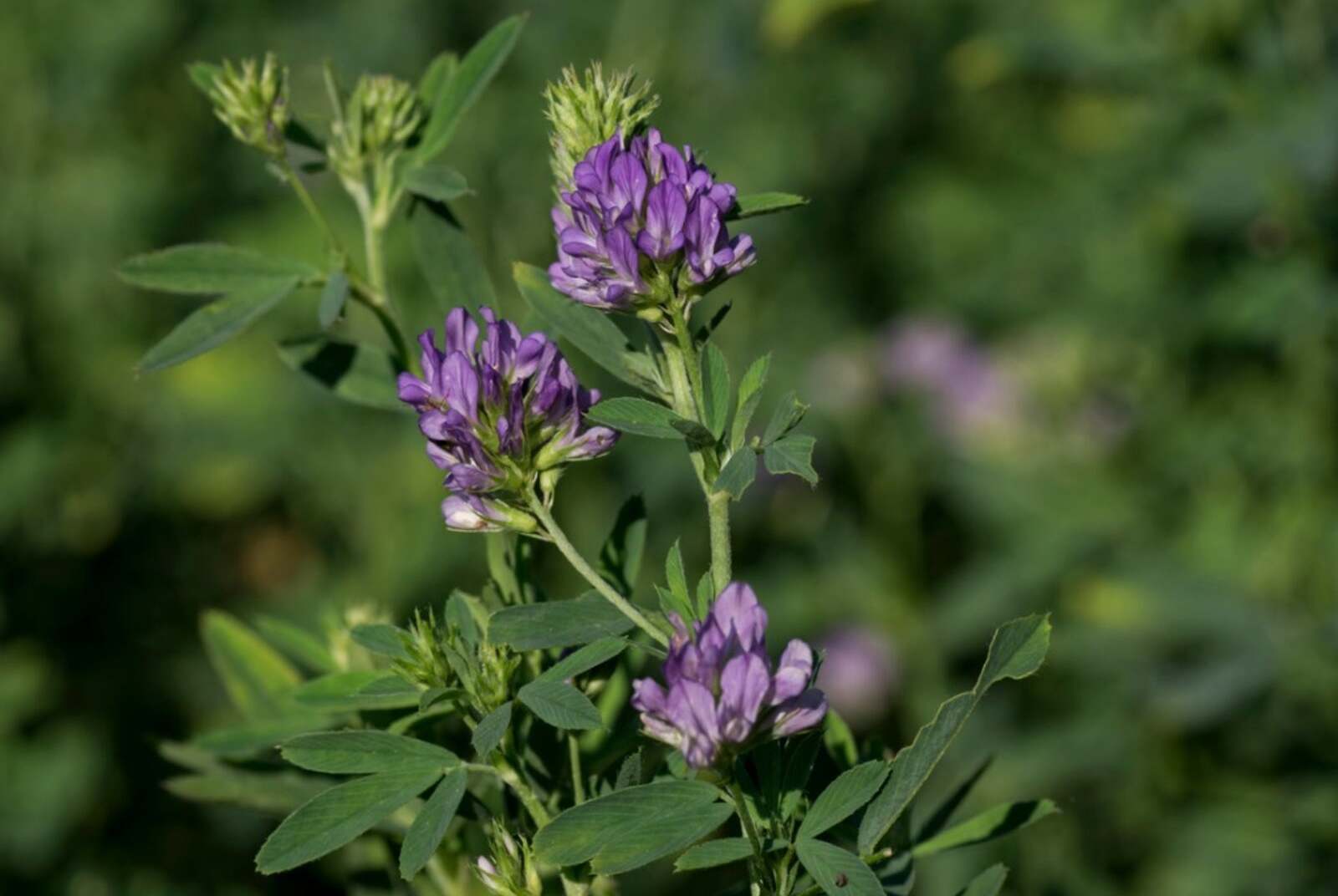
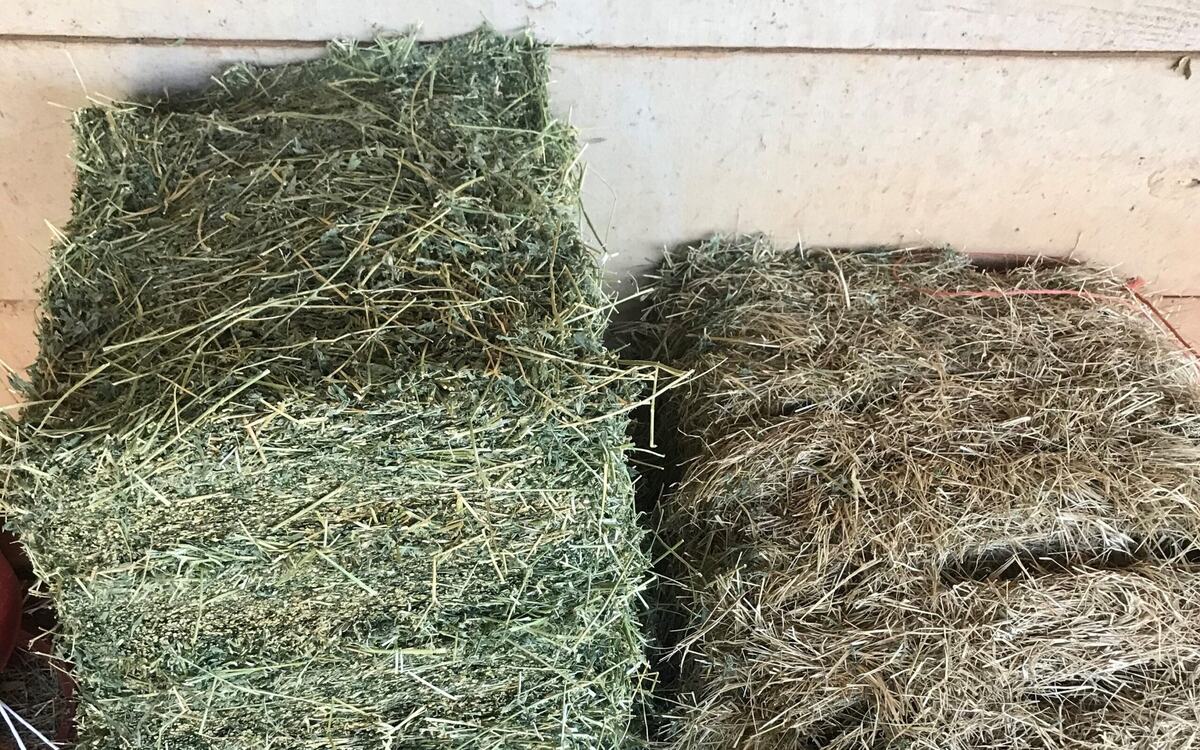
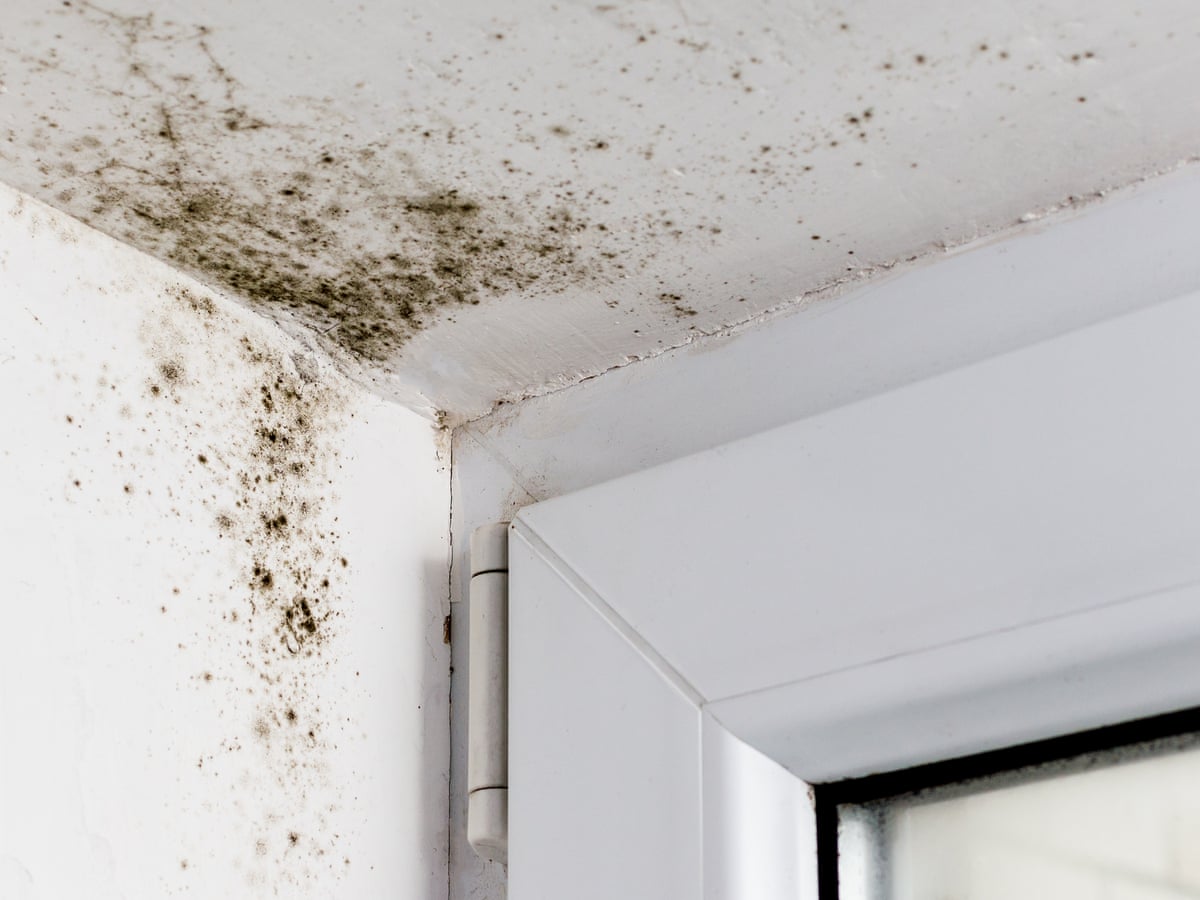
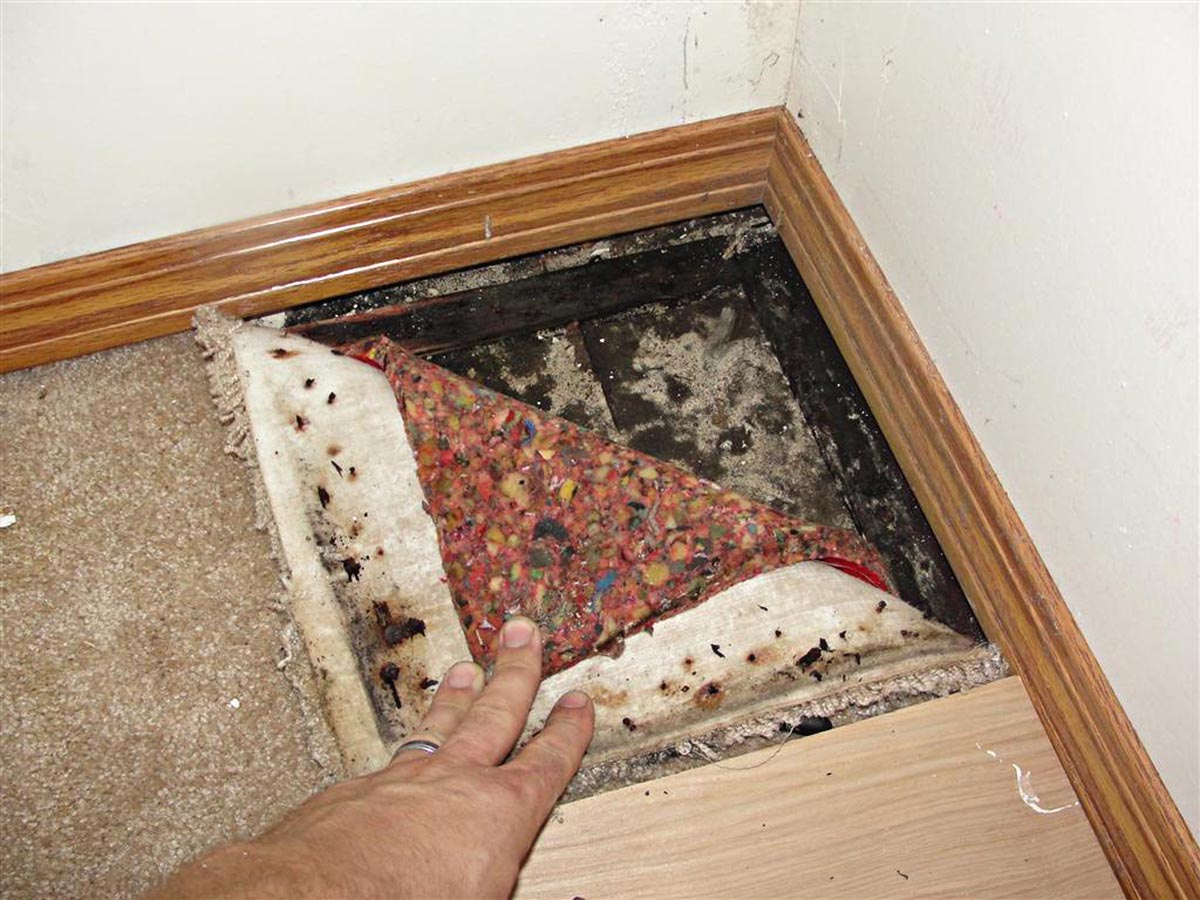
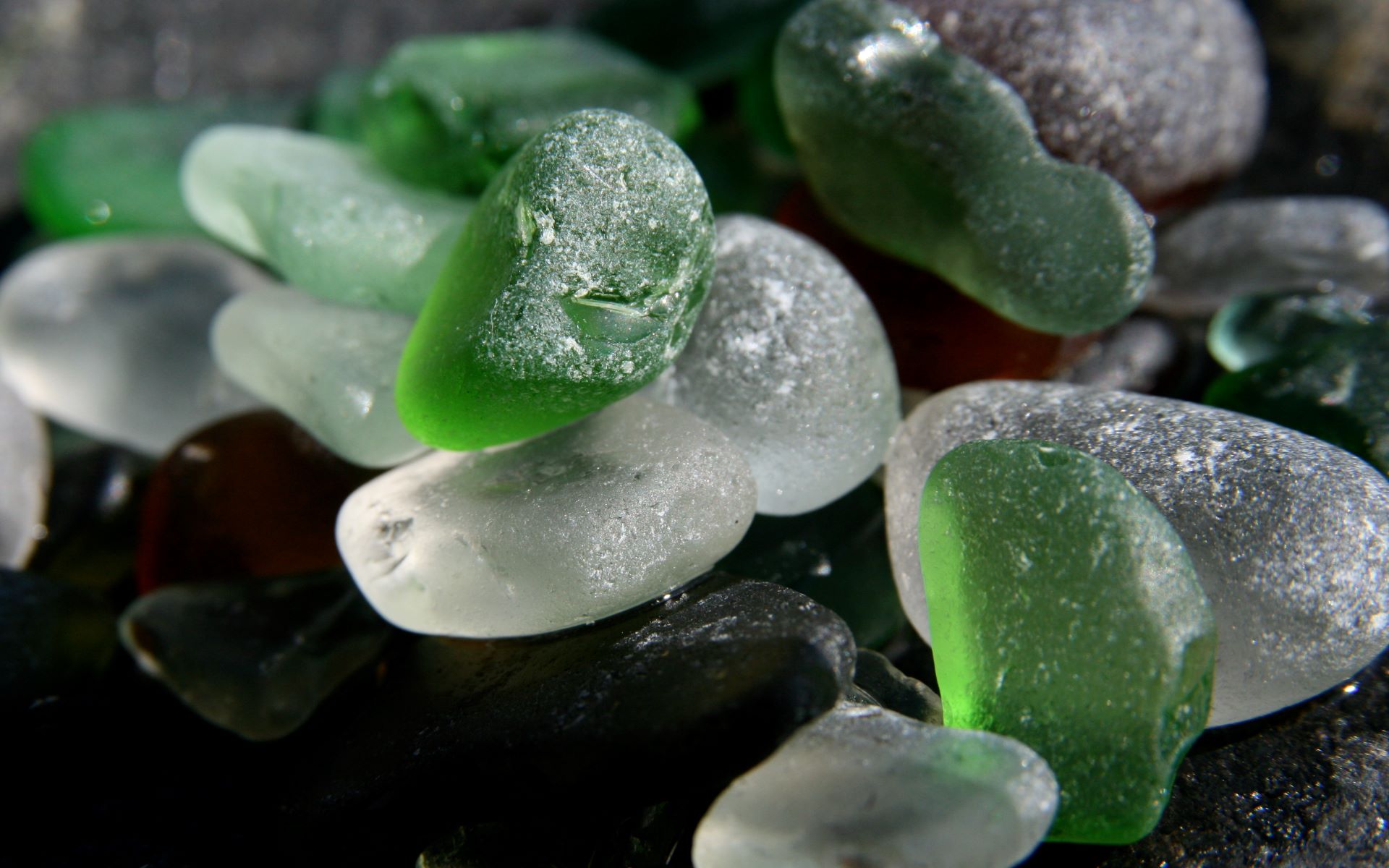
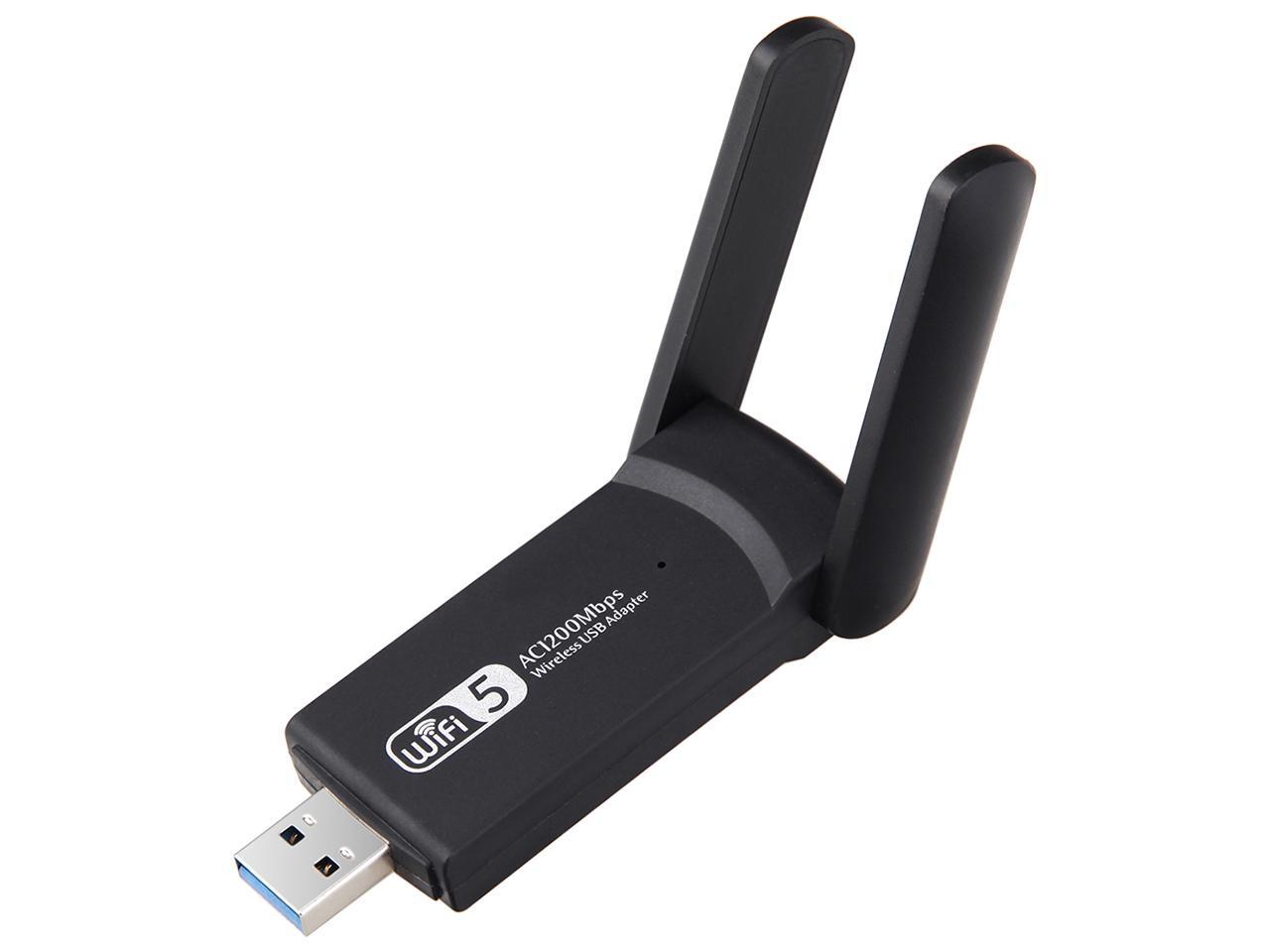
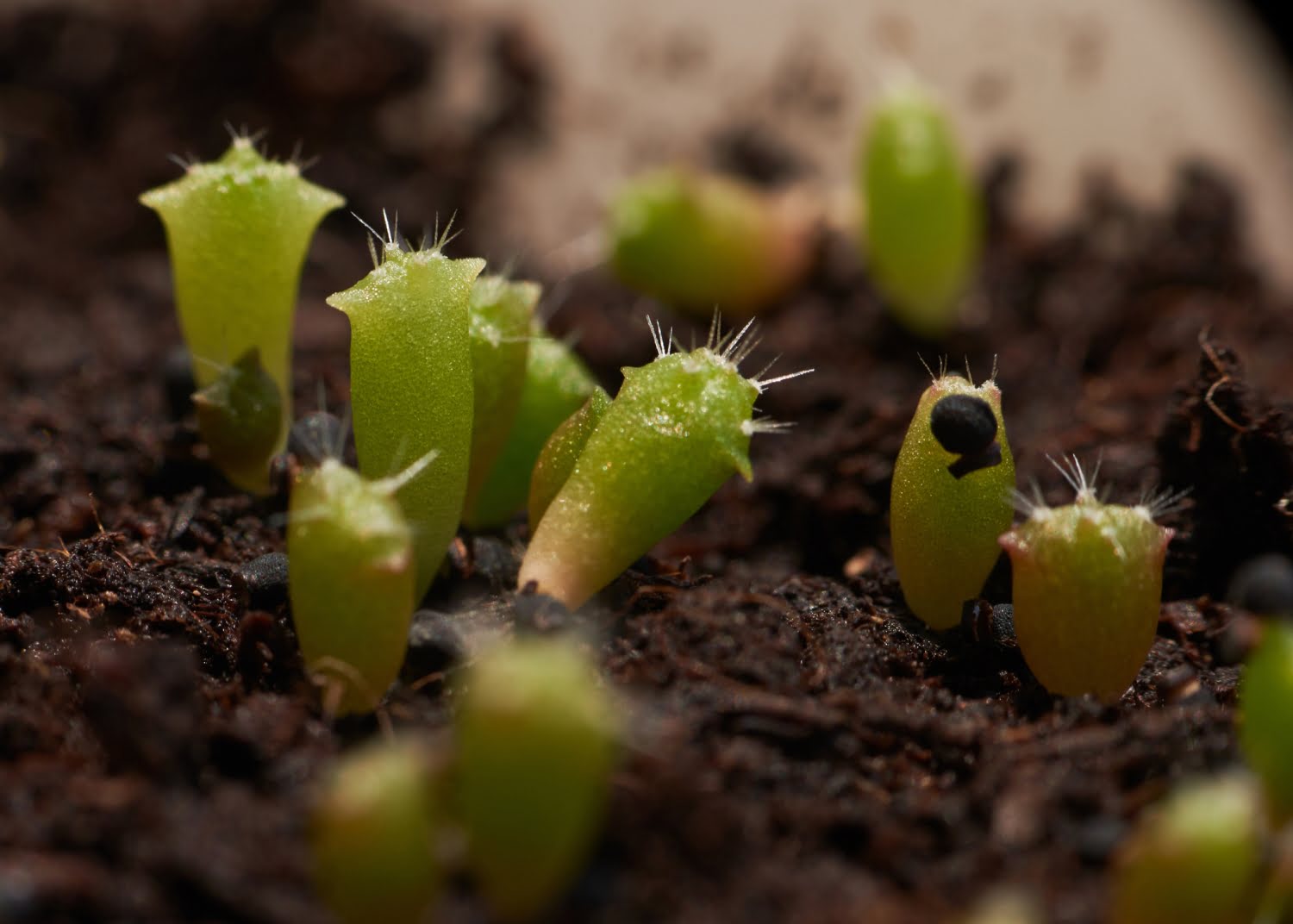
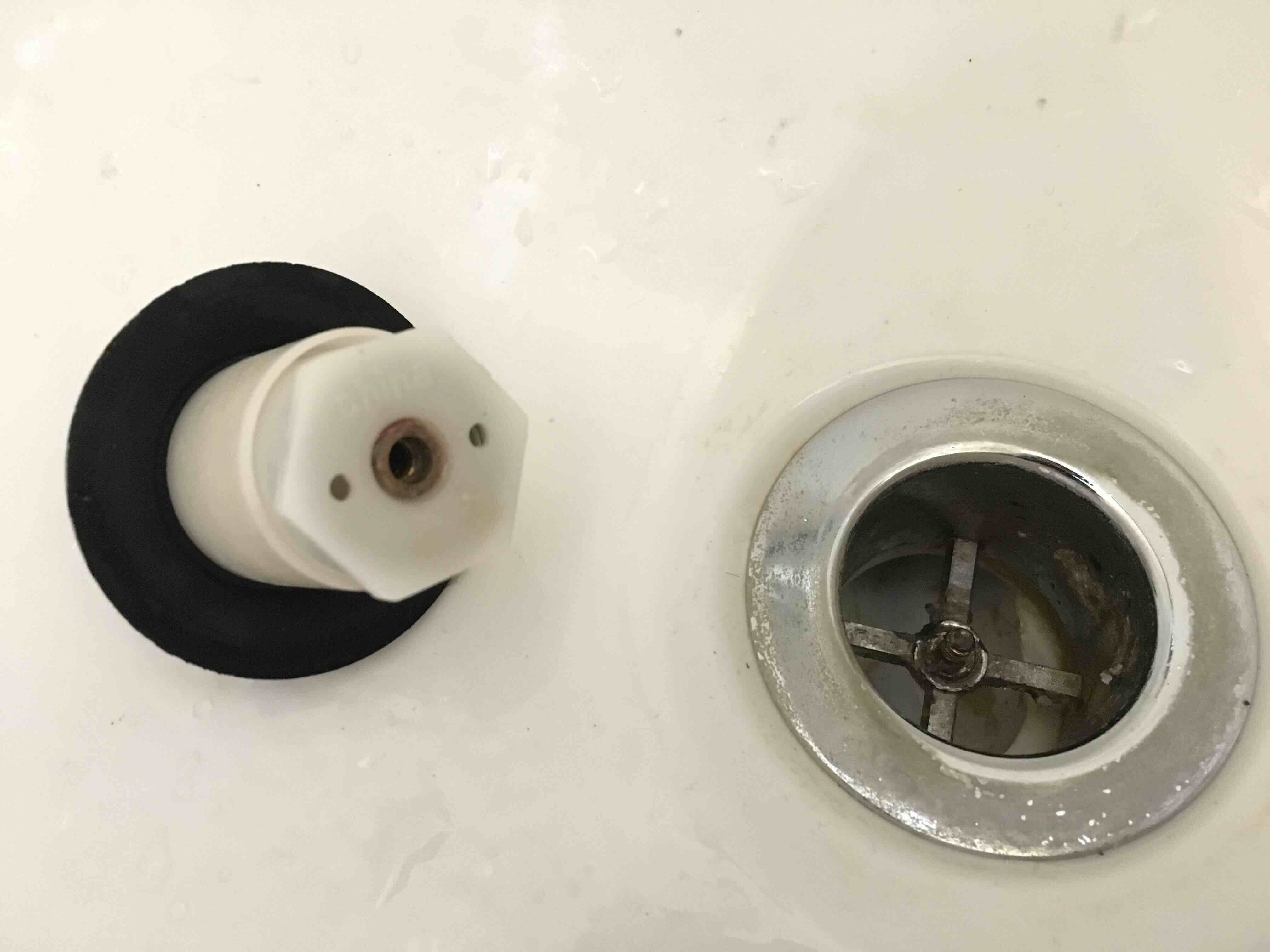

0 thoughts on “What Does Crabgrass Look Like”